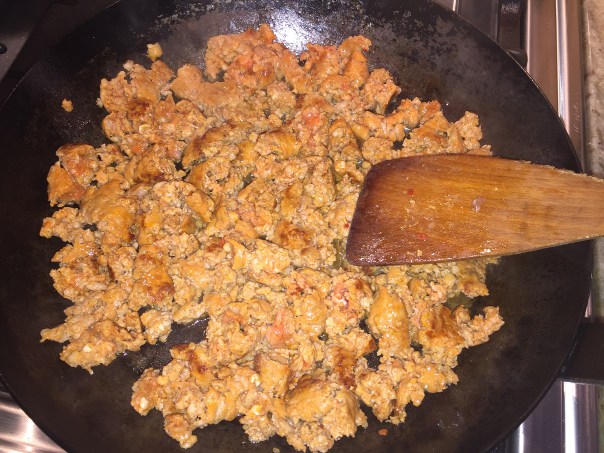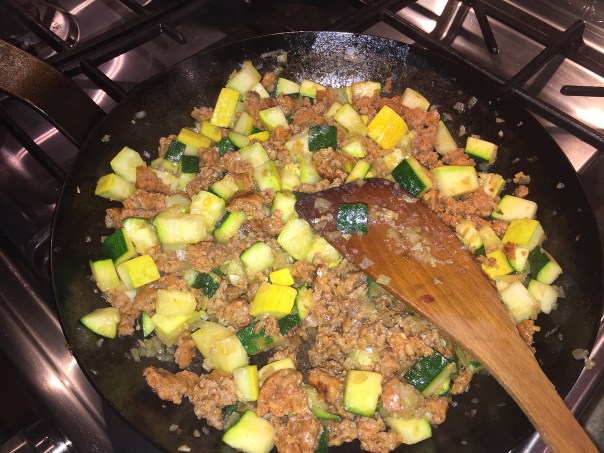From year one, when Russ and I started dating, we took an annual vacation to the Cancun / Riviera Maya area of Mexico. Our last trip there was around 2009, and we excitedly had the opportunity to return this Fall. Each time we chose a different all-inclusive through Apple Vacations, and this trip was no different. You really can’t beat the prices! (This blog may look lengthy, but it’s mostly photos.)
A six golden-apple resort, NOW Jade Cancun is situated directly on the Caribbean just south of Puerto Morelos, less than a half hour’s ride from the Cancun international airport. Nearly everything (excluding motorized sports and excursions) is included: airfare, transport, all the food and drinks you could possibly consume, a fullscale spa and fitness center, and endless entertainment for adults and kids… all wristband-free! Spacious rooms and suites are graciously appointed and luxuriously equipped with amenities.

An expansive view of the beach from Carnival’s veranda. The colors are so vivid!

Our room included a step-down living area and balcony. The bathroom was fabulous too! BTW, maid service comes twice a day: in the morning to do a thorough cleaning, and in the evening while you’re dining to turn down the bed and leave chocolates.
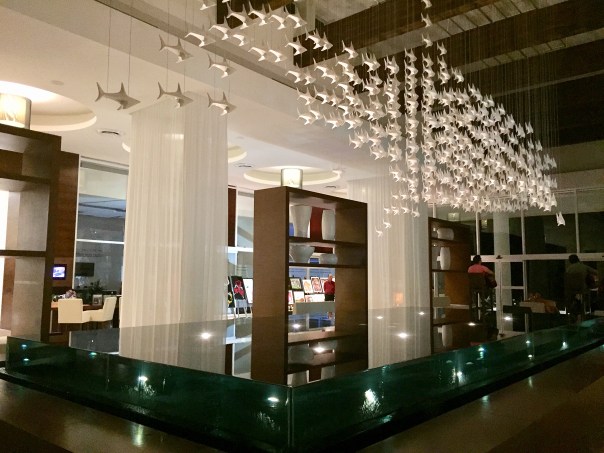
The main entrance lobby at night where live guitarists occasionally played serenating music.
About the food. 24-hour service is available at the Cocoa Cafe, or delivered directly to your room. But half the fun is meeting folks from all over the world, and/or just people-watching. Breakfast for us usually started with an expansive view overlooking the Caribbean at the Carnival International Buffet, with endless culinary options that address anyone’s preferences or diet restrictions.

Our view every morning as we ate breakfast.

Most of their restaurants will give you a bag carousel so you don’t have to plop them on the floor. The first day when our room wasn’t ready, we had our carry-ons with us, so the carousel was very convenient.
A late lunch could be as casual as getting nachos or burgers at the Poolside or Barefoot Grills without having to wear a cover-up; or a bit more upscale and out of the sun at Castaways with a larger than life menu delivered to your table on an easel with a Spanish menu on one side, or for us gringos, in English on the other side.

Castaways offers a more extensive menu than the poolside grills, along with shade.

The ginormous menu at Castaways.

One afternoon our lunch of choice was a Chicken Fajita.
On top of the five gourmet restaurants that serve dinner (other than the Carnival Buffet), there are seven bars and lounges where you can swim up for a cocktail or get down on the dance floor. But this blog will concentrate on their featured ethnic restaurants—at which BTW, you don’t have to make reservations, as many other all-inclusives require. (Although we found that this feature also had its drawbacks…) They were all wonderfully and artistically appointed, much to my delight!
Our first night we decided to dine at Spice, featuring Asian-style cuisine in an open-air romantic setting surrounded by water and mango groves, with a choice of hibachi-style dining, or a regular sit-down option with full menu—our choice. After speaking with the hostess, we learned it would be awhile before a table would open up, so they gave us a neon beeper to contact us, apparently a common practice.
Fine with us, there’s lots to explore in the meantime such as international shopping, vendors displaying their wares in the open-air courtyard, live performers, or enjoying an upscale cocktail in the Moments lounge where people-watching is at its finest, and a larger-than-life TV screen broadcasts current world sports events. With Russ being a die-hard Pittsburgh fan, we got to see a good bit of the Sunday night football game when the Steelers beat the Lions. (An Eagles fan, I was glad to see that they also won earlier in the day.)

We had our waiter open the window shade so that we had a view onto the water surrounding the restaurant—and wondered why the other diners didn’t ask for the same?

The Thai Salad was interestingly presented and included steamed veggies with shrimp and a Thai dressing.

One appetizer was the Nem of Saigon, two crispy rolls with vegetables, beef, shrimp and a sweet-spicy sauce.

Russ chose a spicy tuna sushi roll to nibble on.
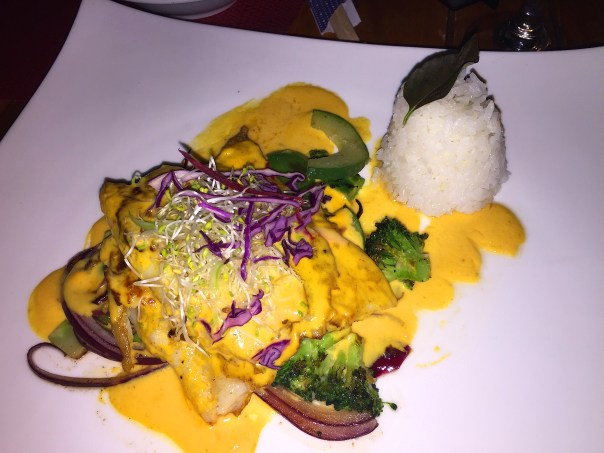
Years ago I feasted on a King Fish dinner on the beach in St. Thomas and never forgot how fabulous it was. This King Fish version with marinated ginger and lime juice came with sautéed vegetables and a delicious spicy coconut sauce, and was perhaps a bit more upscale than in St. Thomas.

Russ had the Crispy Pork with sweet and sour, ginger and pineapple. While his was good, we both thought mine was a better match for our palettes.
We enjoyed Spice so much, we patronized the restaurant again on our fifth night, this time with a view overlooking one of the hibachi tables where the master chef performed his jaw-dropping knife skills for a crowd of eight. We both agreed, he was the most skilled artist we ever saw, although the picture below doesn’t show the knives flying in the air.

Before reporting on the other ethnic restaurants, here are pics of what we ate on our second night at Spice:

The fantastic Curry Shrimp was plated with a yellow curry and coconut sauce surrounded by a vegetable stack topped with shredded carrots.

We split the Malaysian-Style Chicken Satay with peanut sauce.

A hot little skillet brimming with just the right amount of Pad Thai with rice noodles, egg, peanuts, chicken and vegetables.

The Curry Shrimp entrée was artistically plated in a yellow curry sauce with coconut milk and a side of white rice.

Dessert was a Trio of Chocolate Truffles with gilded touches and fresh berries.
Our second evening’s choice for dinner was the authentic Mexican establishment Tamarindo. Again, we were given a beeper because they said there would be around an hours wait (that’s why we ate late lunches.) The crazy thing about it though, when we were called back and seated, the vast majority of the tables were empty!?

Russ wonders where the heck everyone is since we had to wait an hour to be seated!

While waiting for a glass of wine and reviewing the menus, they delivered a sconc e of nacho chips and some very good guacamole and salsa.
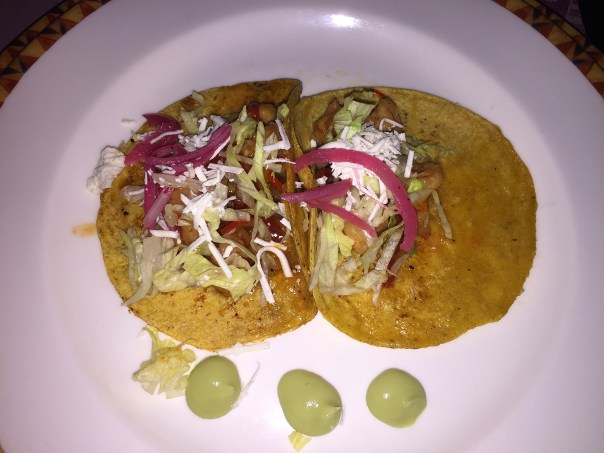
Lynn enjoyed the appetizer Tacos de Camaron al Ajillo: garlic-roasted shrimp, avocado salsa, fresh cheese and shredded lettuce.

Russ drooled over his amazing tasting Salbutes de Cochinita Pibil stuffed with pork shoulder with pickled onion, radishes, tomato, avocado, a toasted pumpkin seed sauce and hot pepper with lemon.

We chose to spilt the Parrillada for Two as our entree. WOW, was it good, and just the right amount without going overboard.
 Russ just can’t pass up a good Churro and these were dressed with melted chocolate and a side of vanilla ice cream.
Russ just can’t pass up a good Churro and these were dressed with melted chocolate and a side of vanilla ice cream.
The most upscale restaurant was touted to be the French Mercure and we decided to enjoy our third dinner there. Of the five ethnic options, both Mercure and Cin-Cin, the Mediterranean spot (closed for a couple of nights), require more formal dress and men have to wear long pants.
Again knowing we would probably have to wait, we sought out the host and got our names on the list, but did not get the aforementioned beeper this time. When we inquired how we were supposed to know when our table would be ready, they told us to check back in an hour! Not a very expedient system in our opinions, and not a very good first impression.
There did indeed happen to be a bit of a mix up when we checked back, along with several other irritated customers, but before long we were seated. All-in-all our food was good, but not the top-notch place Mercure was lauded to be.

Russ looks at the menu while I take in the interesting decor.

My Scallops Au Gratin with Gruyere Cheese appetizer while attractive, was way too chewy. Not a good omen…

However, my Endive Salad with nuts and roquefort cheese made up for the disastrous scallops and was perfectly plated.
Russ’s appetizer, the Le Foie Gras duck liver was served on lettuce and fresh brioche bread, was sooo small, he swallowed it before I could even take a picture of it!

We both opted for the Grilled Fillet Mignon with Béarnaise Sauce accompanied by sautéed vegetables on whipped potatoes as our main entree. Unfortunately my steak was sooo rare I had to send it back. They did bring me an entire new portion which was done to my liking.
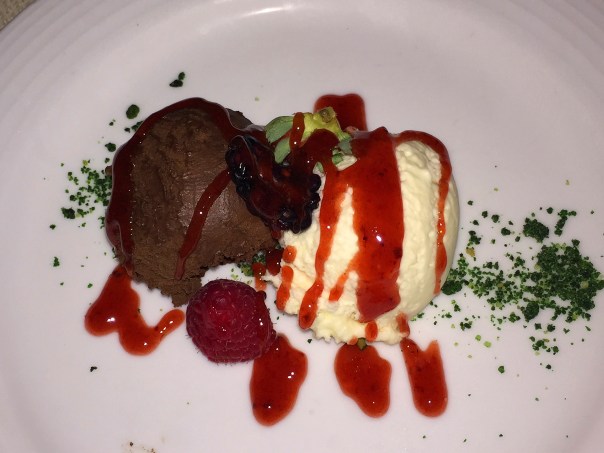
The dessert course for Russ was the beautifully plated White and Dark Chocolate Mousse served with raspberry sauce.
Dinner on the fourth evening was at the Italian trattoria Capers. Expecting a long wait as had been the case the other few nights, we stopped at the hostess station at 7:00 and were stunned when they seated us immediately! Go figure…
It was a good beginning when they delivered an eclectic basket of bread and a small amuse-bouche to get the party started…


We each received an Amuse Bouché of papaya, cheese spread topped with kiwi and a blackberry.

The Portobello Mushroom with provolone cheese called my name for the appetizer round.

Russ had the Carpaccio appetizer with thin slices of raw beef, parmesan reggiano, arugula and white truffle oil.

As the main entree Lynn opted for the Baked Salmon Fillet in fine herbs served with grilled onions, asparagus peppers in a white wine sauce.
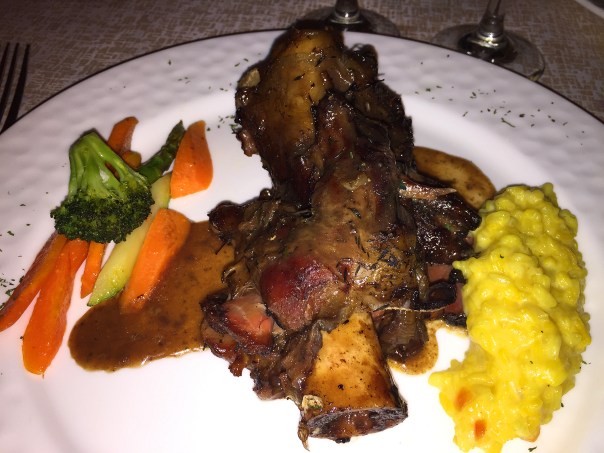 For Russ it was all about the Veal Osso Buco braised in Barolo wine sauce over risotto Milanese and a side of steamed veggies.
For Russ it was all about the Veal Osso Buco braised in Barolo wine sauce over risotto Milanese and a side of steamed veggies.

Russ ended with a Gelato Duo with a scoop each of vanilla and chocolate topped with an amaretto chocolate drizzle.
Often after dinner, we’d go to the beach bar where Russ would practice his already fluent Spanish with the bartender Oskar. It is here that we first met a couple from St. Louis, Bobby and Michelle, who were at NOW Jade for a family wedding. In fact, there were at least one or two destination weddings on the grounds per day!

At the beach bar on swing seats.

Michelle and Bobby were also fellow foodies.


Our final two nights we dined at Cin-Cin, the upscale Mediterranean restaurant that had been closed the past two evenings. The first time we sat inside and enjoyed the meal so much, we asked Bobby and Michelle to join us again on our last night. They had actually already eaten there twice previously, but had no qualms eating there again. We all agreed, Cin-Cin was our favorite (interior shown below.)

In no particular order, here are some of the options we chose for appetizers, mains and dessert over the course of two nights:

Serrano Ham Falafel with crispy chickpeas and a warm honey, lemon and mint sauce.

Spanakopita, a Greek Pie filled with spinach, feta cheese and served with sundried tomato sauce.

A to-die-for soup, Fassolada, a typical white bean soup with pancetta slices.
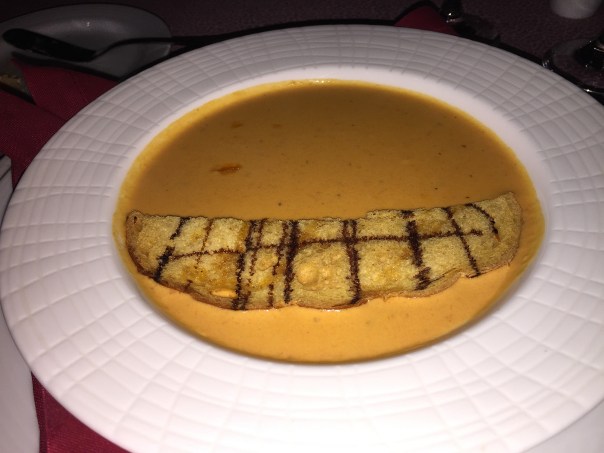
Another winning soup, Garlic & Tomato Cream served with a crusty bread drizzled with au balsamic oil.

Tapenade Salmon came plated with creamy olive sauce, roasted eggplant and oregano.

The Grouper Fillet was a fave and was candied in olive oil and served with steamed vegetables and potato slices.

A take on traditional Greek salad, this Horiatiki Salata was sprinkled with feta cheese.

Perhaps everyone’s favorite entrée was the Cilantro Shrimp Risotto with thyme over creamy cilantro risotto served with leek oil.

I tried a smidgen of Russ’ Basil Mousse dessert and it was exquisite.
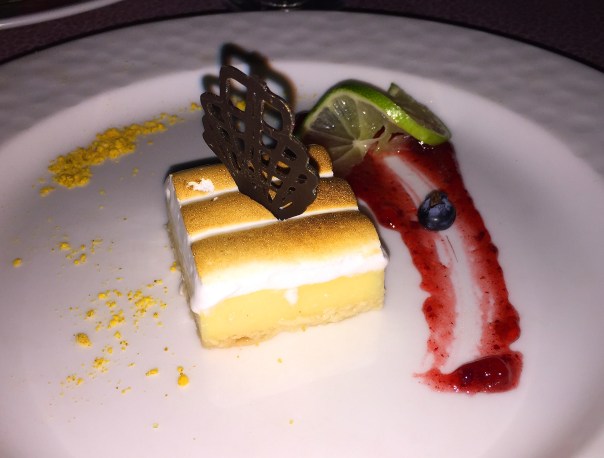
This lovely dessert was the Margarita Pie with a swipe of rum sauce topped with a chocolate confection.

This Lemon Pie served with berries was very well-liked by those who indulged.
Just imagine if you had to pay for all of these meals and drinks plus add a tip? It would have cost a fortune! And if you didn’t like an entrée, you’d simply send it back and choose something else. So for one very reasonable price, you can get it all and indulge yourselves for as little, or as long as you want.

We made one final pit stop at the beach bar to say good-bye to Oskar, Bobby and Michelle with promises to meet up sometime in the future. Until then, Adios Amigos!


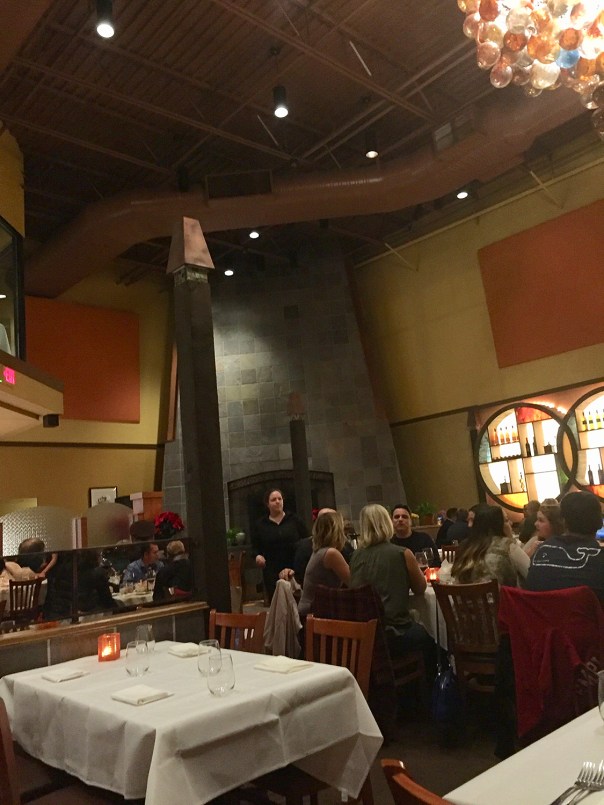

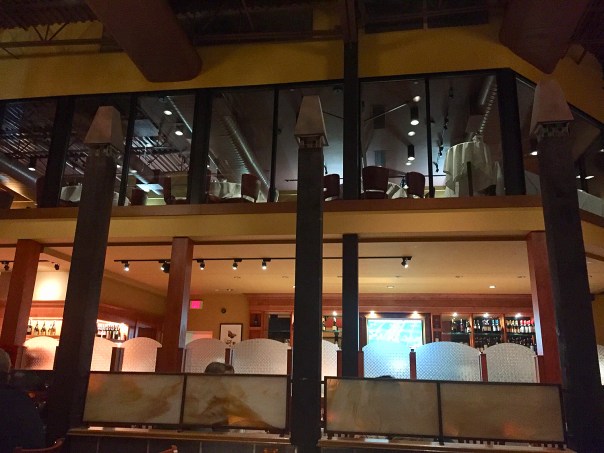
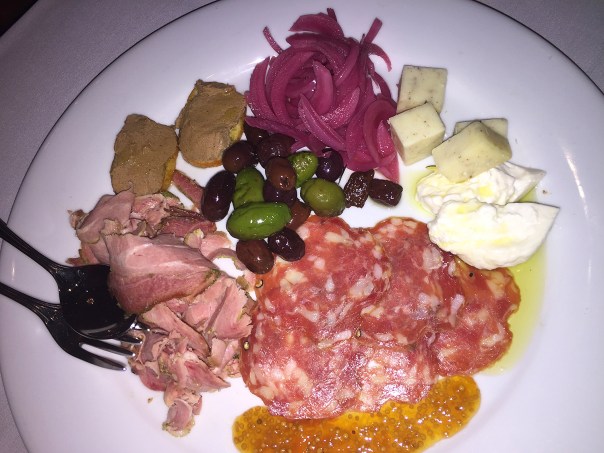

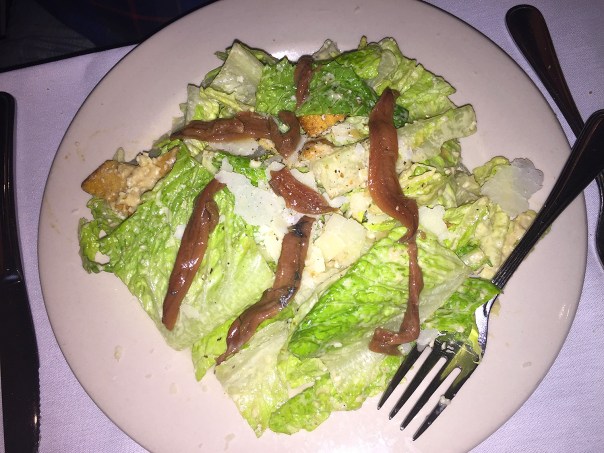

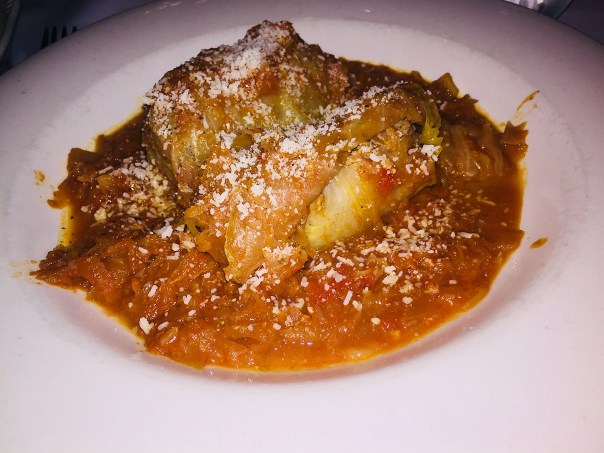






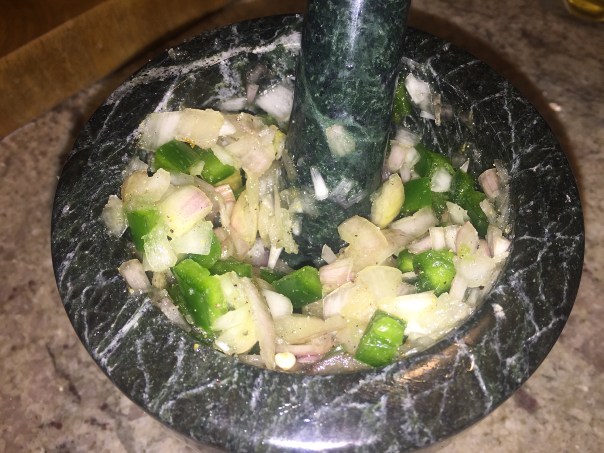
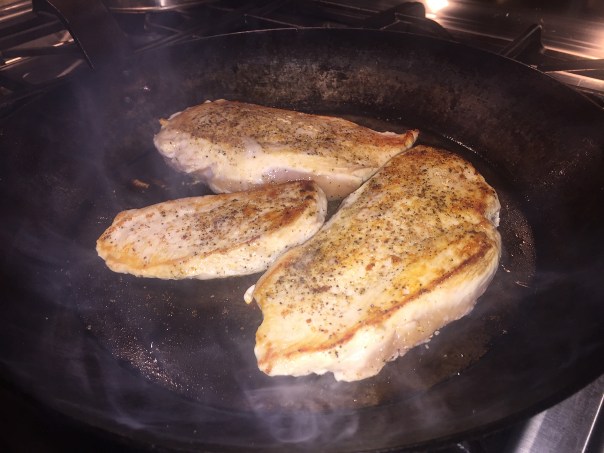
 Once cool enough to handle, shred the chicken along its natural grain with your hands.
Once cool enough to handle, shred the chicken along its natural grain with your hands.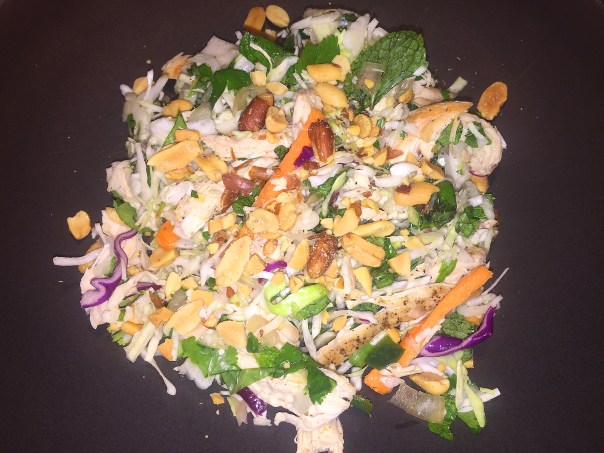

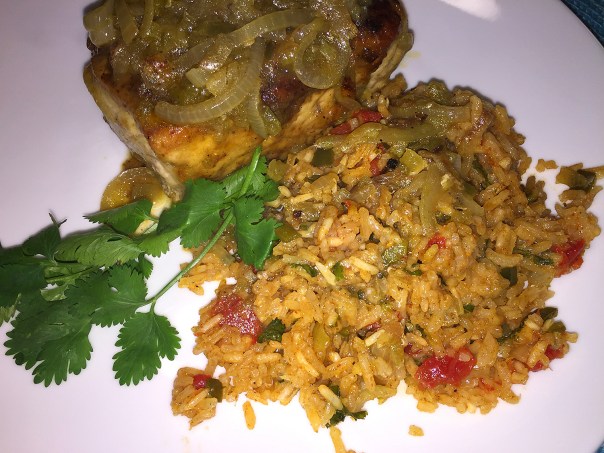



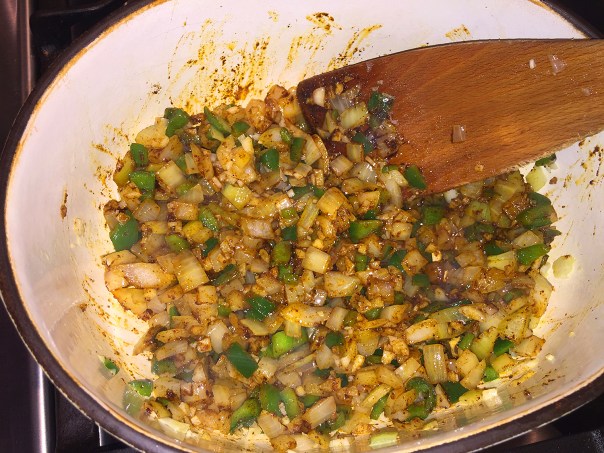
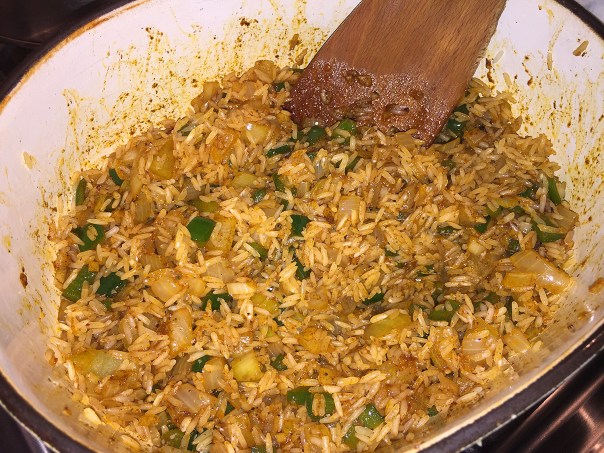













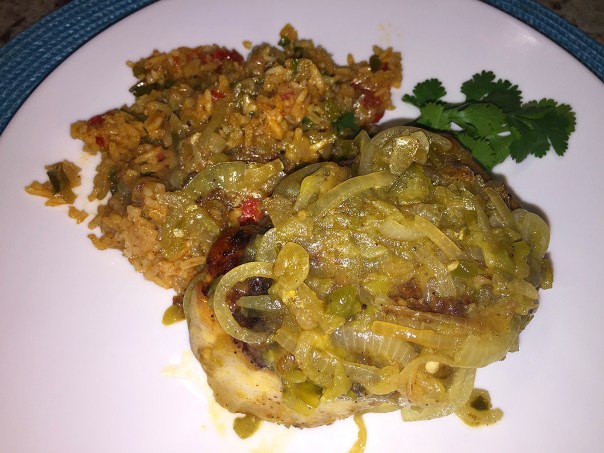





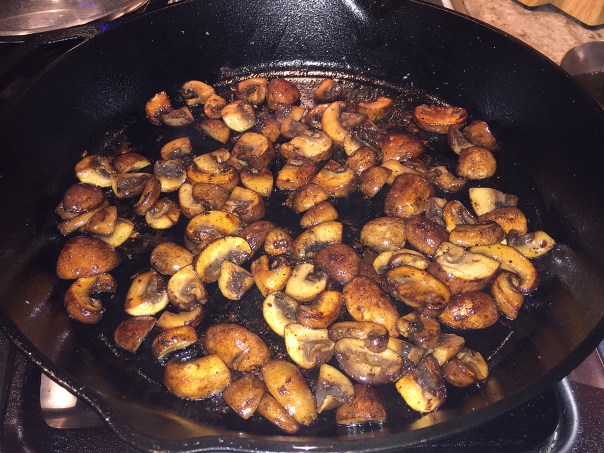







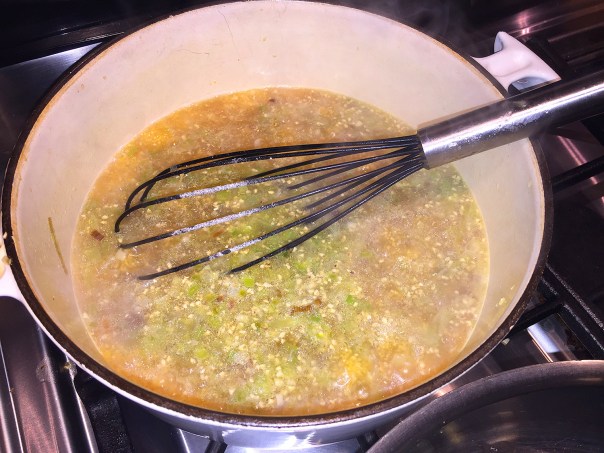
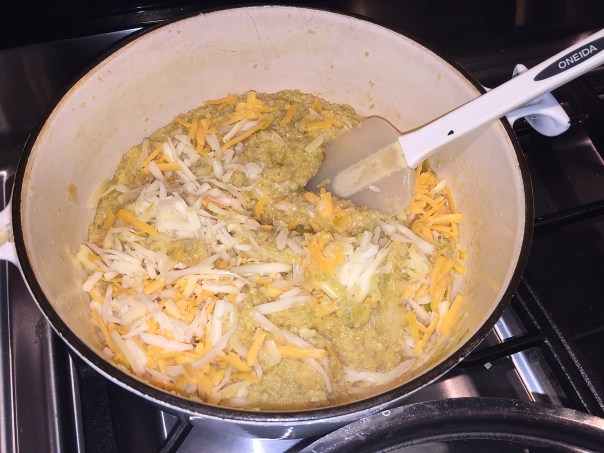

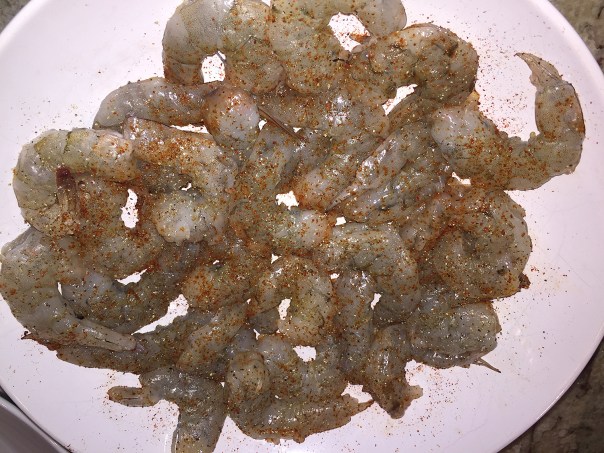
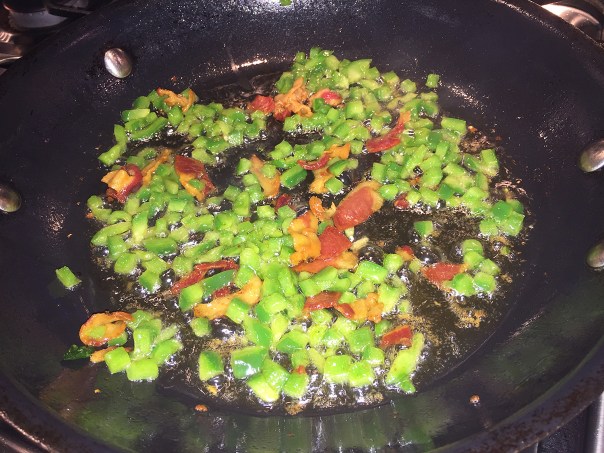
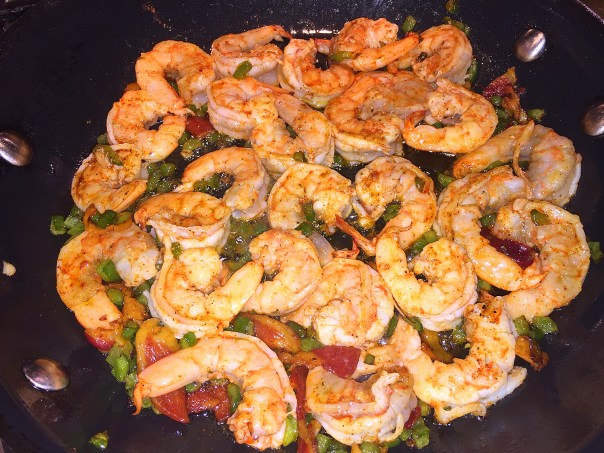
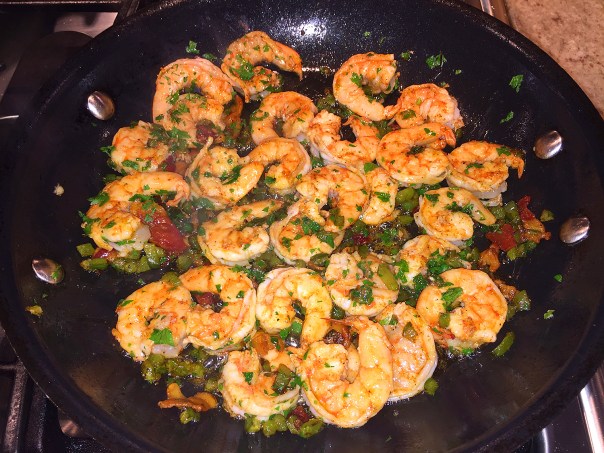








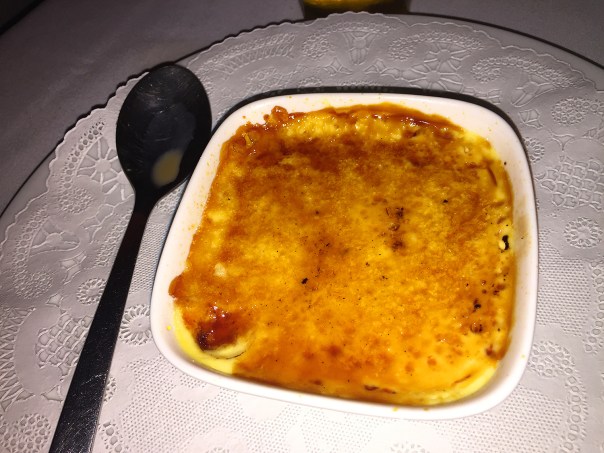






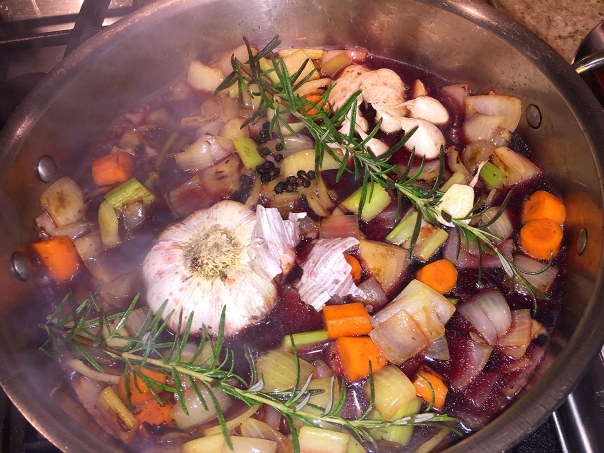


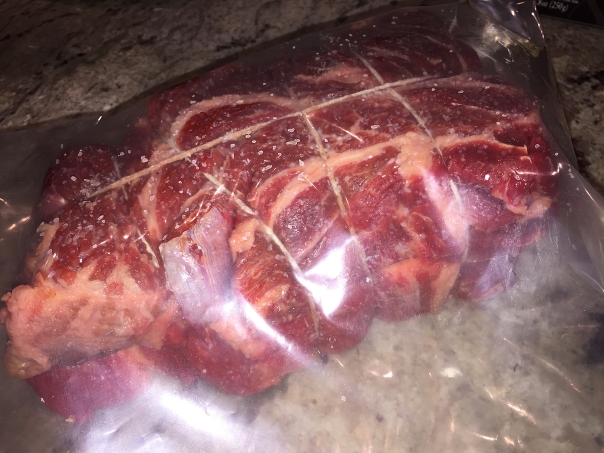
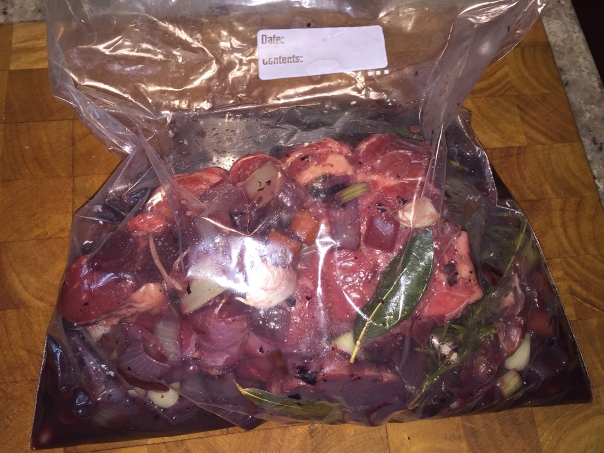











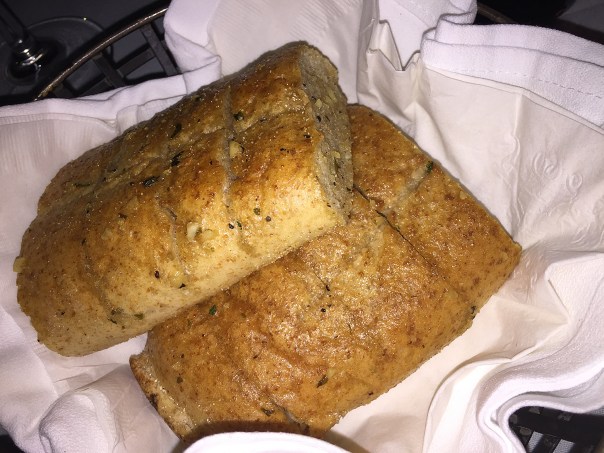







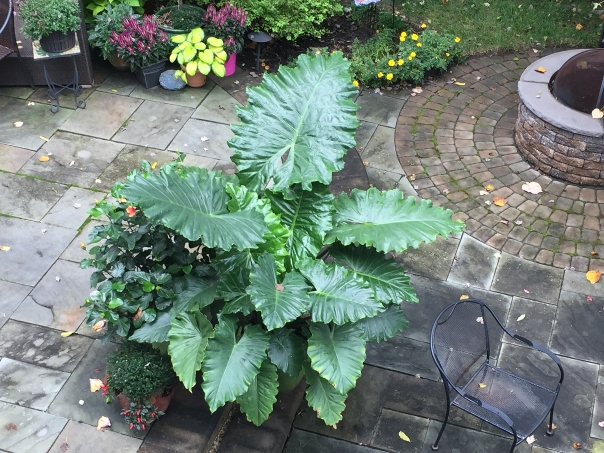





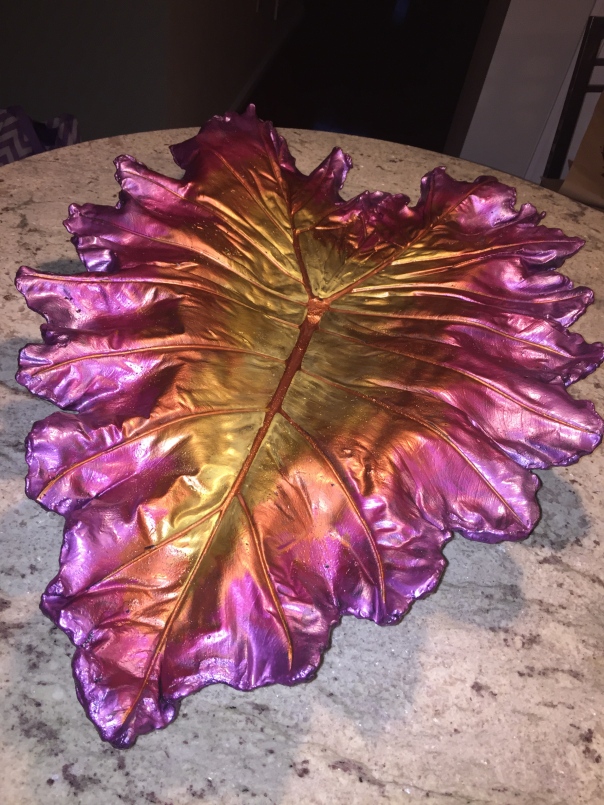



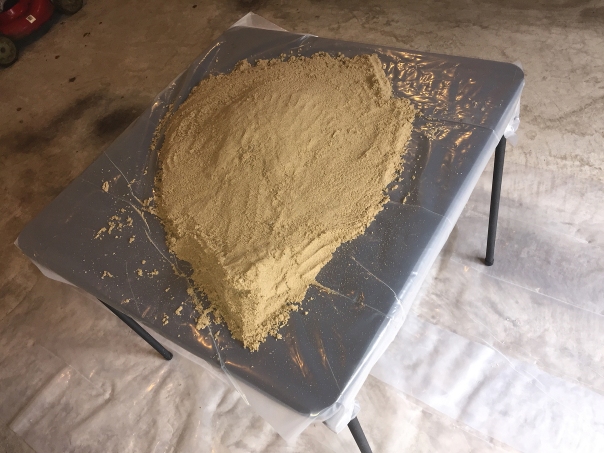


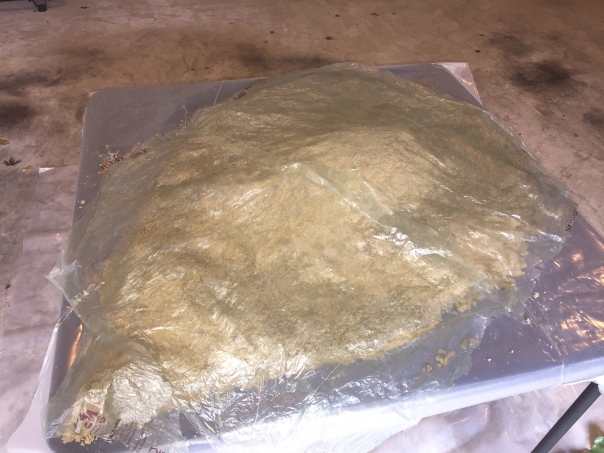
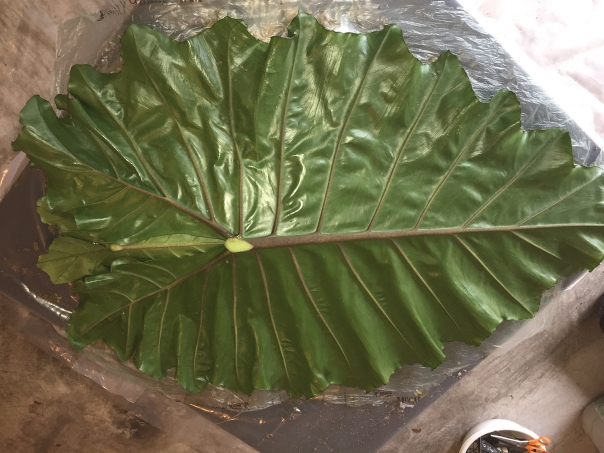



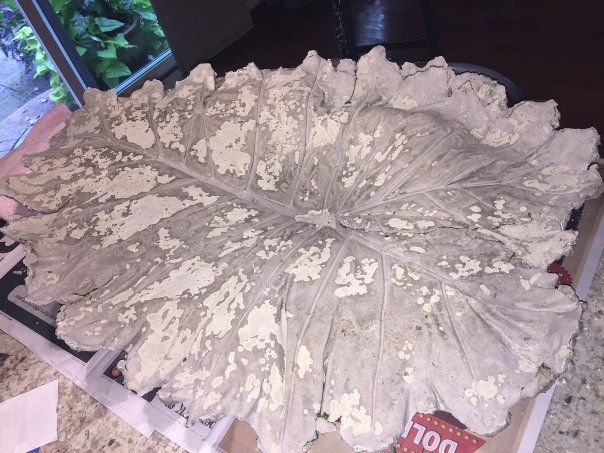

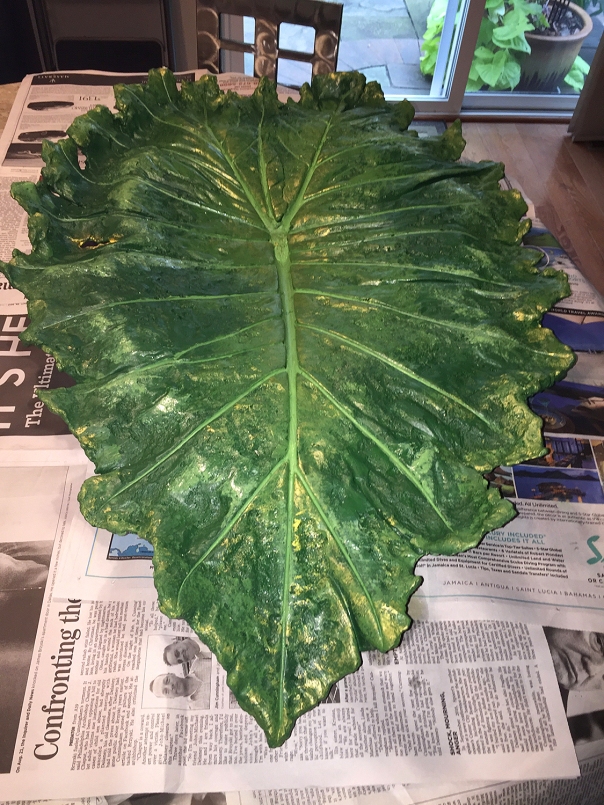


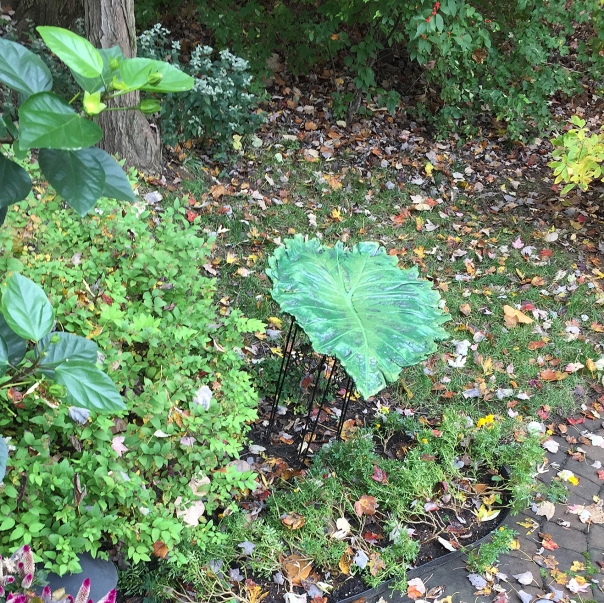
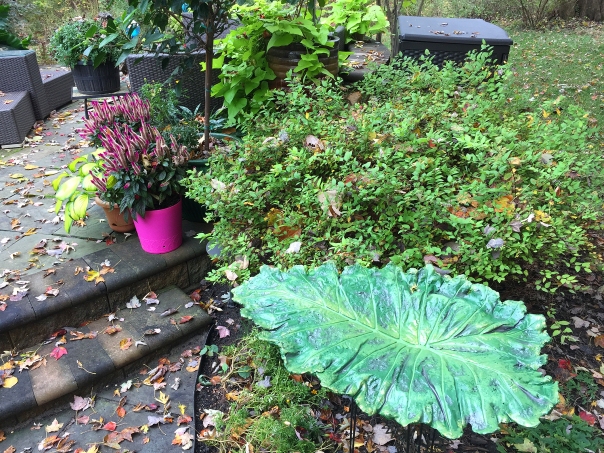
 I could not restrain my “bling gene” in September 2019 when I colorized this bird bath!
I could not restrain my “bling gene” in September 2019 when I colorized this bird bath!

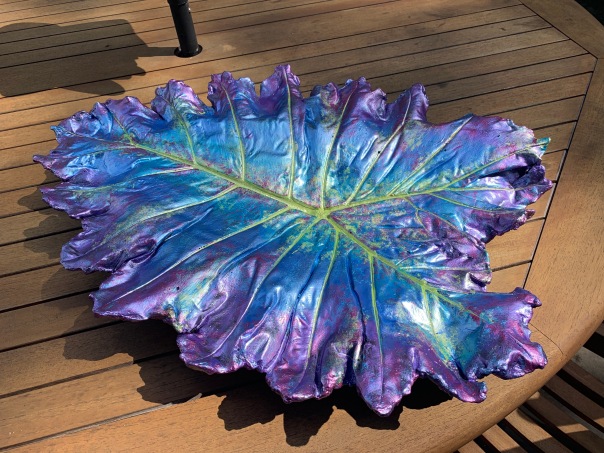


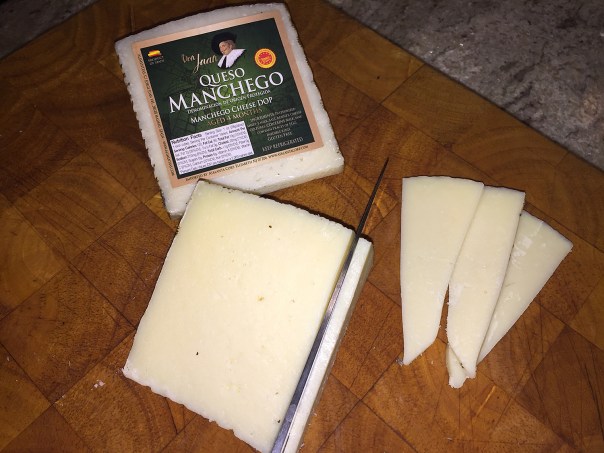



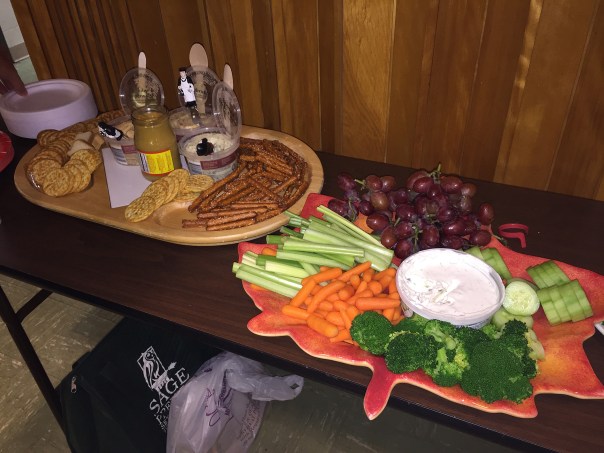

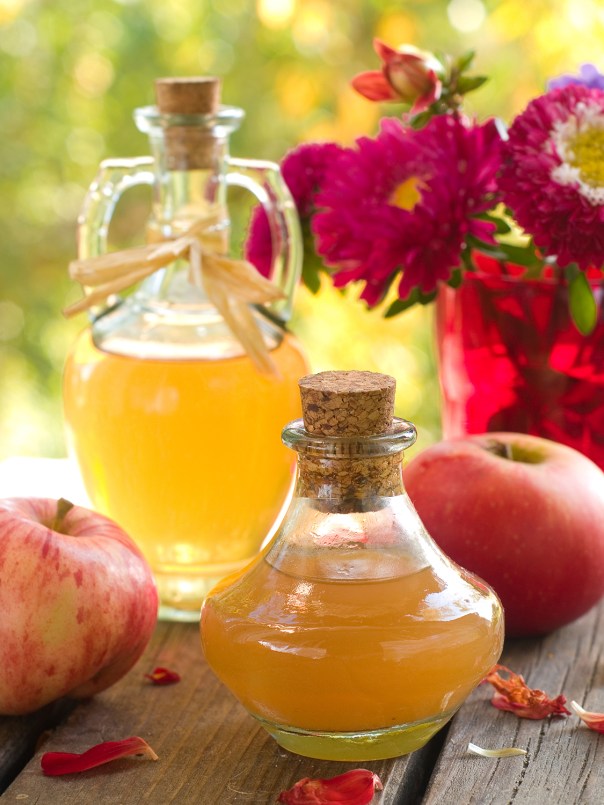



 Finally, an apple cider cocktail goes perfect with the season, and a few simple ingredients will transform a classic fall drink into a festive treat. While there are endless possibilities, how about a Cider-Bourbon Cocktail? Fill a cocktail shaker with ice. Add 3/4 cup apple cider,
Finally, an apple cider cocktail goes perfect with the season, and a few simple ingredients will transform a classic fall drink into a festive treat. While there are endless possibilities, how about a Cider-Bourbon Cocktail? Fill a cocktail shaker with ice. Add 3/4 cup apple cider, 


























 Russ just can’t pass up a good Churro and these were dressed with melted chocolate and a side of vanilla ice cream.
Russ just can’t pass up a good Churro and these were dressed with melted chocolate and a side of vanilla ice cream.









 For Russ it was all about the Veal Osso Buco braised in Barolo wine sauce over risotto Milanese and a side of steamed veggies.
For Russ it was all about the Veal Osso Buco braised in Barolo wine sauce over risotto Milanese and a side of steamed veggies.































